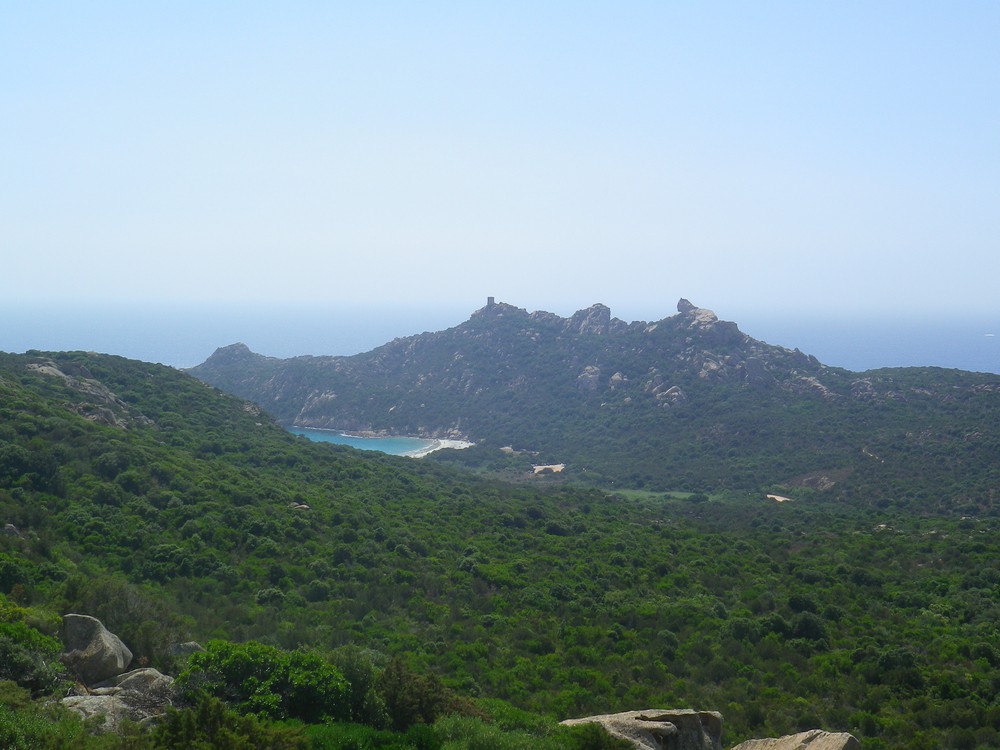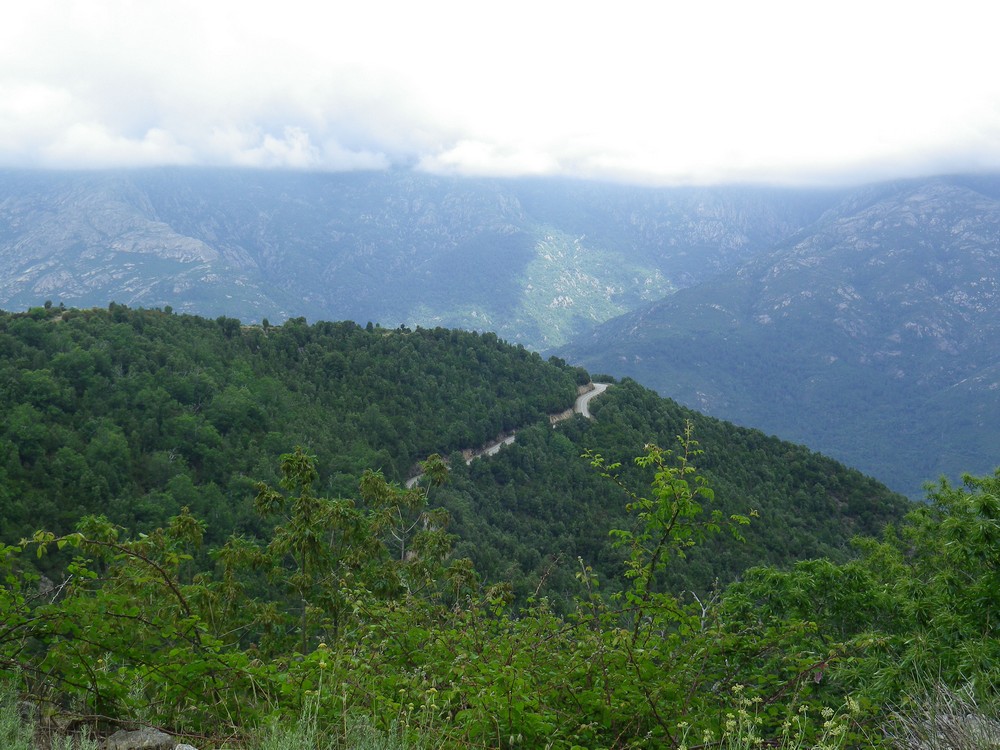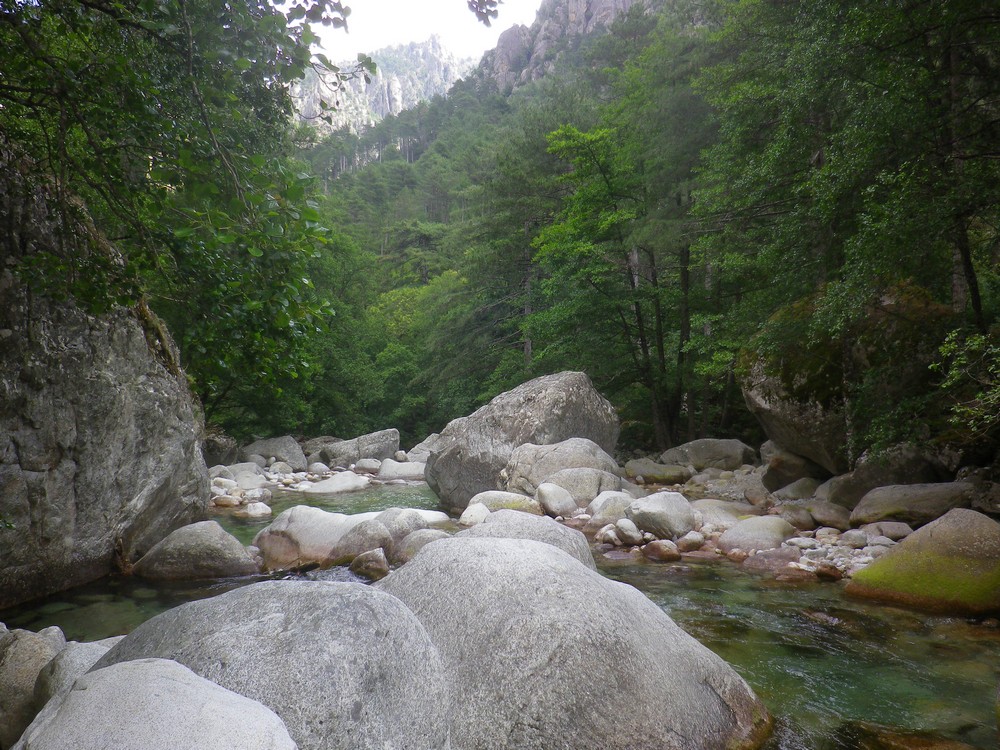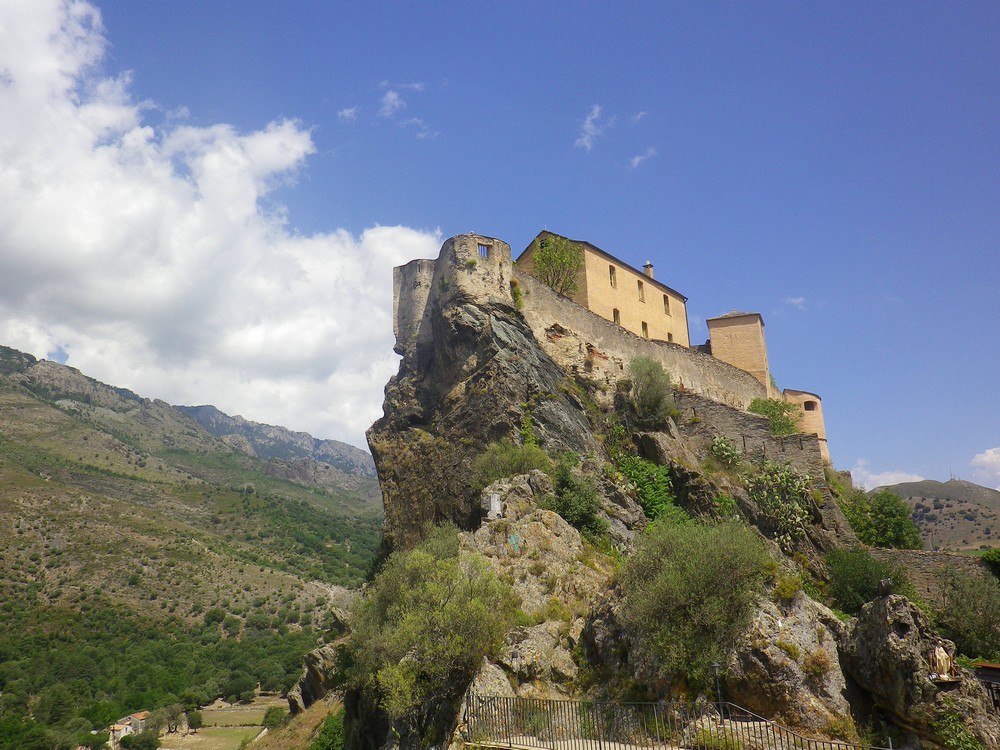Corsica was our choice for a recent trip to the fourth largest Mediterranean island, which, together with Sardinia, is among the true gems of the region. Right from the start we can say it was a great choice – the amazing experiences met all our expectations.
Corsica isn’t just about beautiful beaches, the sea, and Napoleon Bonaparte, who seems to be present on every corner. A large part of the island is covered by breathtaking mountains that give it a wild and rugged character.
From North to West
After landing in Bastia, like most visitors, we rented a car – getting around the island without one would be quite difficult. From the port town, we headed west to Ajaccio, the capital of Corsica and Napoleon’s birthplace.
In Bastia, we were surprised to find a four-lane expressway, where you can drive much like on a highway. After 20 kilometers, however, the fast road ends and we continue into the island’s interior. We pass the university town of Corte, which we planned to visit later. Along the way, we encountered a thunderstorm, which truly tested our nerves on the narrow roads at night. Local drivers don’t slow down much in these conditions, so tourists often become “a roadblock.”
On Corsica, you can recognize rental cars by license plates starting with 2A or 2B. We planned to reach our hotel by 11 PM. About 8 kilometers before our destination, we faced a steep ascent followed by a descent. On the narrow road, a flash of lightning revealed a deep chasm right next to the car – an unforgettable moment.

The Western Coast
In the morning, we were welcomed by sunny weather and a beautiful view of the sea and mountains. Mid-June is usually stable here, with few rainy days.
We decided to explore the western coast. On winding roads, we met only a few tourists, and at altitudes above 1500 meters we enjoyed a heavenly peace. Along the way, we encountered freely roaming pigs, which didn’t hesitate to rest right on the road.
Near the town of Bastellica, we visited the island’s highest waterfall – the “Bridal Veil” (Cascade du Voile de la Mariée), which we highly recommend.
Ajaccio
Ajaccio, the capital of Corsica, is definitely worth a visit. Napoleon is truly everywhere – in statues, shop names, and museums. His birthplace, Maison Bonaparte, is located on Place Letizia. The city’s western coast is lined with stunning beaches that will immediately charm you.
The South and East of the Island
After several days on the western coast, where the beaches are mostly rocky and the sea rougher, we headed south and east. We visited the prehistoric site of Filitosa, the town of Sartène, the resort of Porto-Vecchio, and crossed the mountainous Col de Bavella – an adventure in itself.
Sartène is considered the “most Corsican” of Corsican towns – and also known for its history of blood feuds. Every year, the Catenacciu ritual takes place here – a chained penitent walks through the town as a symbol of repentance. Some people wait their entire lives for the chance to take part.

Food and Drink
Along the way, we stopped in a small village for a traditional dinner. The local cuisine offers delicious ham, lamb, and dishes made with chestnuts, thyme, rosemary, and mint. Most restaurants serve a 4–5 course menu, and fresh baguette is a given. Wine and a carafe of water are commonly served with meals.
Corte and the Eastern Coast
Corte is a university town with a dominant citadel perched on a 100-meter-high rock. Nearby flows the crystal-clear Restonica River, whose icy waters offer a refreshing dip – perfect for those who don’t mind the cold. The surrounding area is dotted with campsites for hikers and mountain lovers.
The eastern coast of Corsica is lined with long sandy beaches, and the sea here is much calmer than in the west. From here, there is also a quick return route to Bastia. Houses with crumbling facades give Corsica its unmistakable charm.

Corsica – A Distinctive Island
Corsicans are very proud people. You won’t always find English spoken, so we recommend learning a few basic French phrases. You’ll often see bilingual names – in both French and Corsican. Bullet holes in road signs are a symbol of local resistance to France.
We were truly captivated by Corsica. Beautiful sea, dramatic mountains, winding roads, authentic stone villages, wildlife, amazing food… Two weeks is just an introduction to all that this island has to offer. And once you leave, you’ll already be looking forward to returning.
